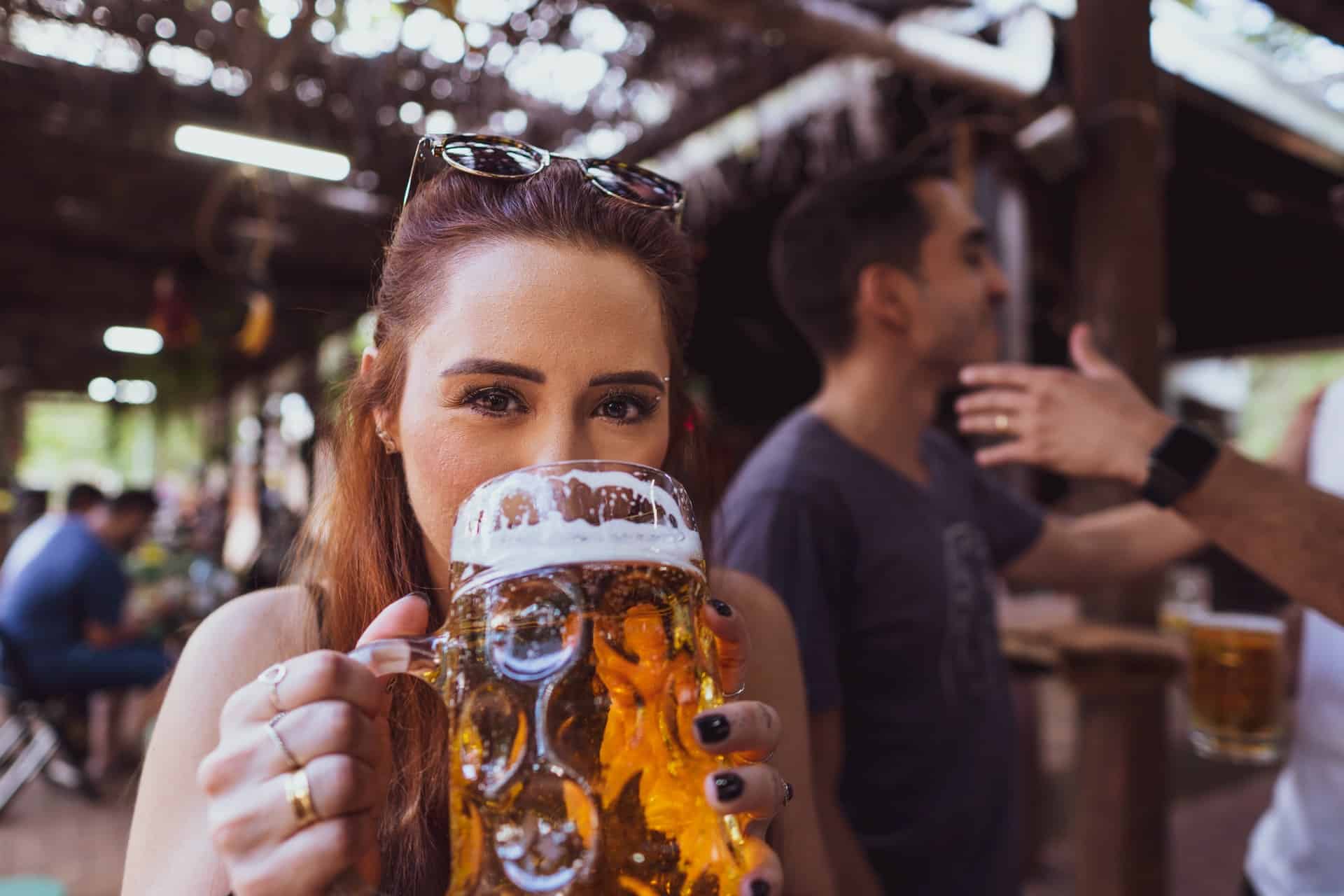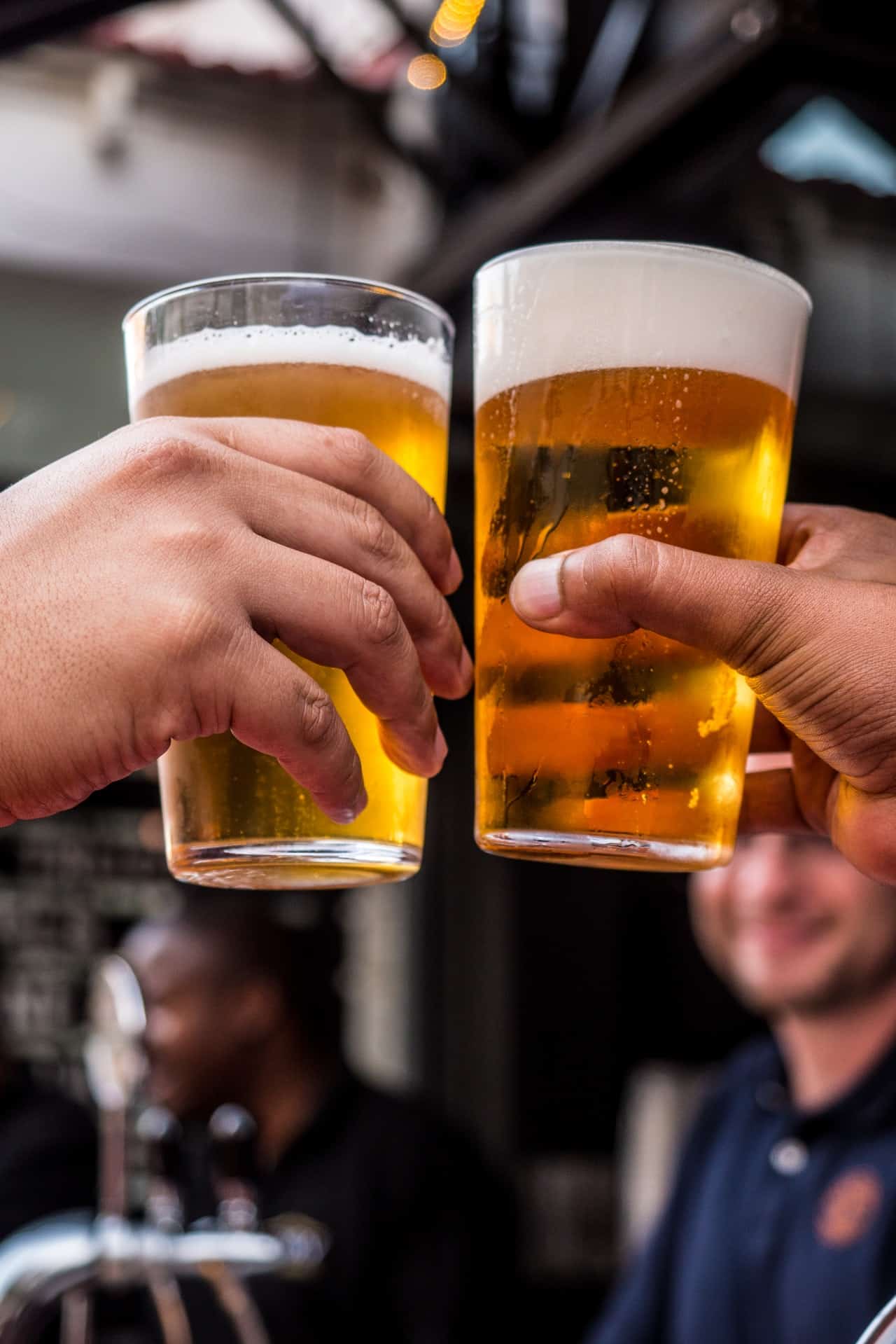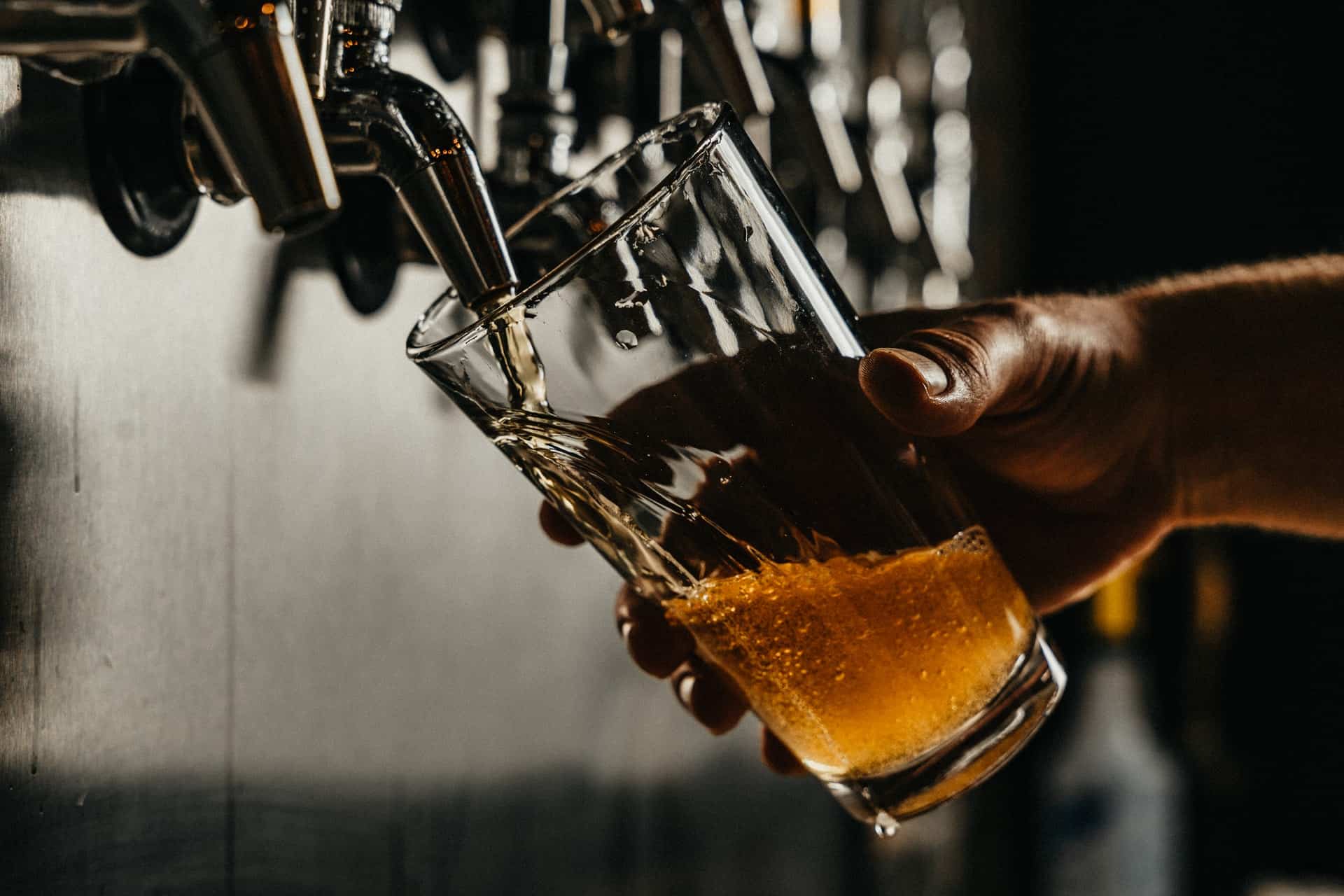Un’uscita fra amici. Il giovedì sera o un giorno qualunque. Una birreria non troppo lontana da casa. Una chiacchierata che, nel migliore dei casi, diventa una serata memorabile.
La birra mette d’accordo tutti.
Certo, c’è chi le preferisce il vino, ma in fondo c’è un momento per tutto. Il vino richiama un momento più formale, più elegante – se vogliamo. La birra, invece, sa adattarsi ad ogni contesto.
Pensi alla birra e vengono subito in mente boccali colmi fino all’orlo, con tanto di schiuma, e persone sorridenti che brindano, felici, al bello di stare insieme!
Pensi a San Patrizio, all’Oktoberfest dove proprio la birra è regina di una giornata iconica per irlandesi, tedeschi e per le persone di tutto il mondo. Un momento di festa, di incontro e di divertimento, il più sfrenato!
Ma oggi, proprio come nei giovedì sera, come in un giorno qualunque, in un’atmosfera più chill, voglio parlarvi della birra come culto. Voglio parlare ad appassionati e a semplici curiosi che vogliono fare bella figura con gli amici al pub. Oggi parliamo di degustazione.
Quindi prepariamo i bicchieri e partiamo!
IL MOMENTO GIUSTO
Se hai letto fin qui significa già che la curiosità non ti manca. Lo stimolo a voler conoscere è fondamentale al momento della degustazione: le birre assaggiate devono essere libere di lasciare un ricordo, una traccia, un’immagine, una sensazione precisa nel nostro cervello.
Oltre alla predisposizione serve anche il momento giusto: la stanza deve essere ben illuminata, devi essere comodo/a e rilassato/a e la birra non deve essere servita né calda né ghiacchiata.

UNO SGUARDO ATTENTO
No, non bisogna certo essere degli esperti per sapere che una birra scura avrà gusto e aroma ben diversi da una birra chiara. Il colore è infatti uno dei primi aspetti da prendere in considerazione.
I colori della birra vanno perlopiù per tutto lo spettro del giallo e marrone. Dal giallo paglierino a un marrone che ricorda il tabacco e l’ebano. Questo dipende dall’utilizzo dei cereali, che una volta maltati vengono utilizzati per la produzione. Più i cereali sono stati tostati, più il colore sarà scuro.
Generalmente quindi si distinguono in: chiare, ambrate scariche, ambrate cariche e scure.
Dal colore alla limipidezza, ovvero la presenza o meno nel bicchiere di sedimenti che riducono la brillantezza. Un aspetto che incide sull’intensità cromatica e dunque sulla qualità. Una buona birra sarà trasparente, tanto da far intravedere il riflesso (…da un bicchiere sicuramente ben lavato e sgrassato!).

IL PROFUMO DEL “BOUQUET”
Adesso concentriamoci su tutti i profumi che riusciamo a percepire. Proviamo a coglierne le combinazioni: il cosiddetto “bouquet” – proprio come nei mazzi di fiori. Una fusione unica, tale da poter rendere una birra davvero senza eguali.
La prima fase è una fase di ricerca delle materie prime impiegate: dal malto al luppolo. Si passa poi a una seconda fase di ricerca della sfumatura floreale e infine di quella fruttata.
Dal punto di vista del profumo dominante possiamo quindi distinguere:
- Maltate: con un aroma più o meno dolce o torrefatto
- Luppolate: più o meno aromatiche o pepate
- Floreali: l’immagine che viene in mente qui è dell’erba appena tagliata, i fiori d’arancio, lavanda, tabacco e fieno
- Fruttate: aroma utilizzato soprattutto all’estero, spazia su riferimenti che vanno dall’acerbo al maturo. Pensiamo alle Lager e alle Pills dalle note agrumate, o alla Weizen dai profumi di banana.
A rendere più coinvolgente l’esperienza c’è la ricerca di quei profumi secondari in grado di intensificare l’aroma della birra stessa. Qui il trucco è abbandonarsi completamente alle varie note aromatiche che provengono dal bicchiere. Lasciarsi trasportare dai sensi e della mente per coglierne la fragranza. Assaporarne la distintività.
FINALMENTE L’ASSAGGIO
La soglia di percezione del gusto è per nostra fortuna più elevata rispetto a quella dell’olfatto. Qui distinguere i 4 sapori fondamentali non è un compito molto arduo:
- Il dolce: deriva dal malto o da ingredienti come frutta, miele o spezie
- L’acido: è tipo delle birre lambic a fermentazione spontanea
- L’amaro: è dato da luppoli, che in alcune tipologie di birre come India Pale Ale è particolarmente marcato e deciso
- Il salato: (raro nella birra) è dovuto all’impiego di acqua caratterizzata da elevata presenza di cloruro di sodio o nel più unico dei casi, dalla produzione realizzata direttamente con acqua marina.
La percezione di questi sapori avviene in zone ben distinte della superficie della nostra lingua. Il sale sulla parte anteriore laterale, l’acido su una più ampia centro-centrale ed infine l’amaro sulla parte posteriore vicino alla gola. Nella birra saranno dolce e amaro a conquistare istintivamente la nostra attenzione.

Lasciala scorrere delicatamente all’interno della tua bocca. Dai fiducia alle tue sensazioni e prova ad applicare questi consigli. Tanta pratica e tanta curiosità, saranno compagni di viaggio indispensabili!
Cheers!











